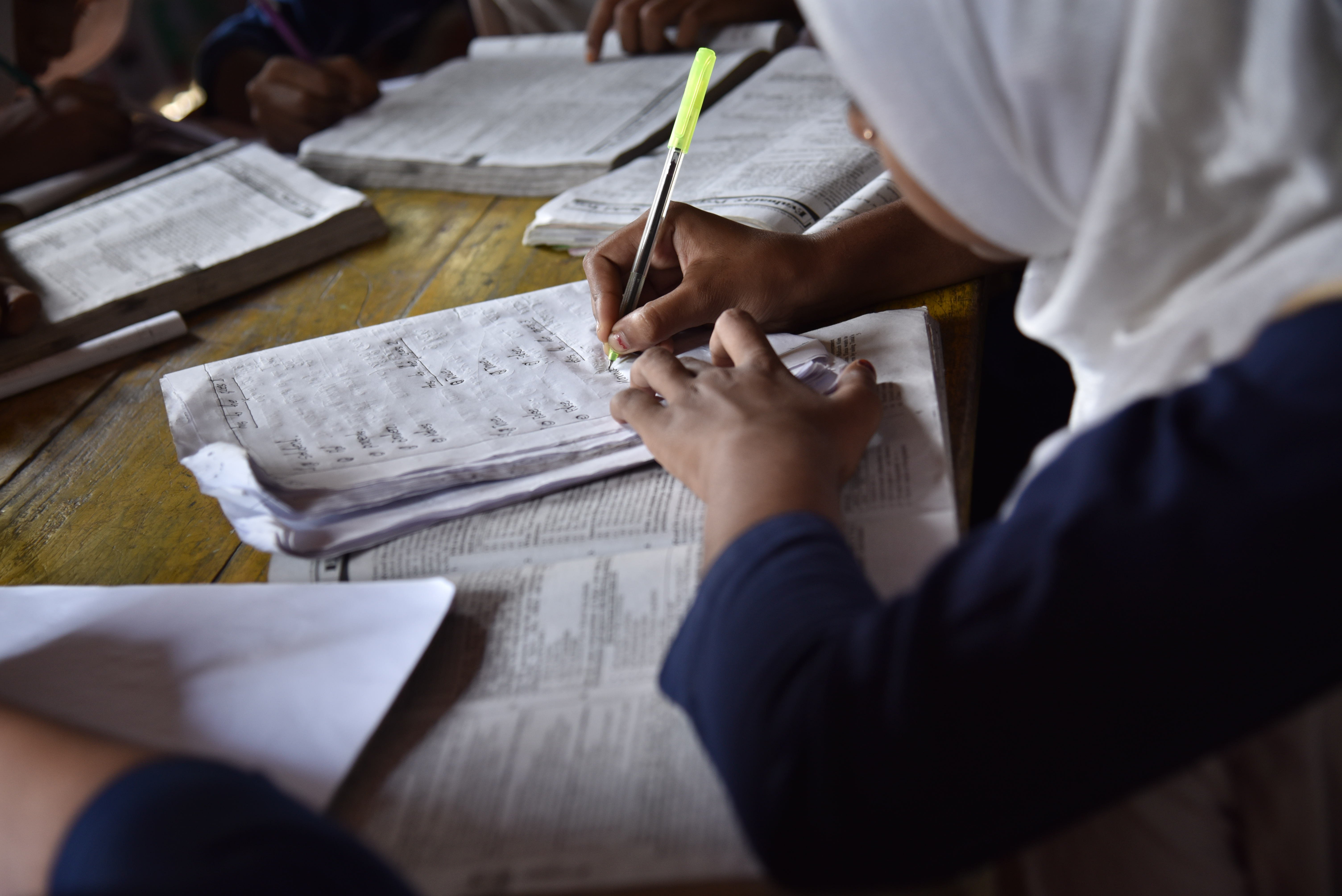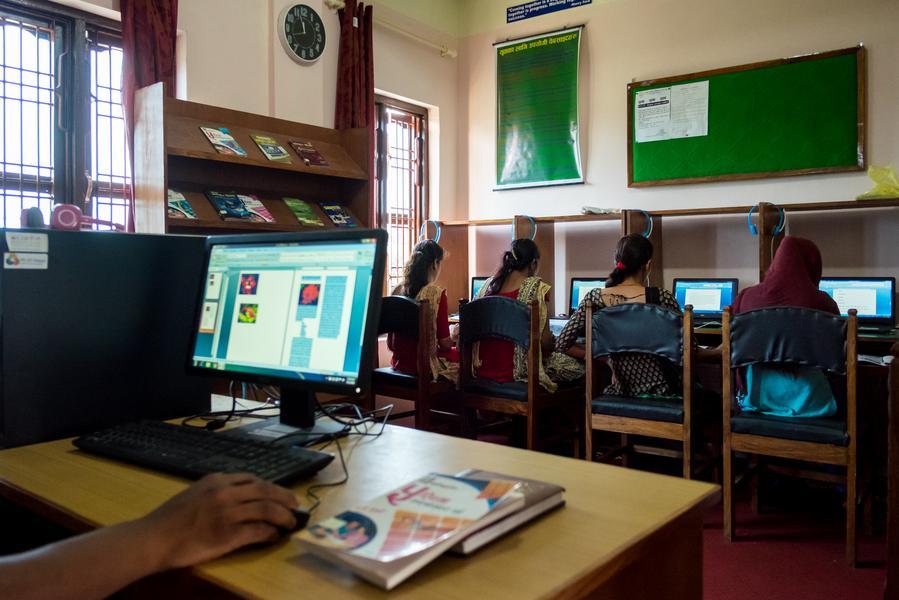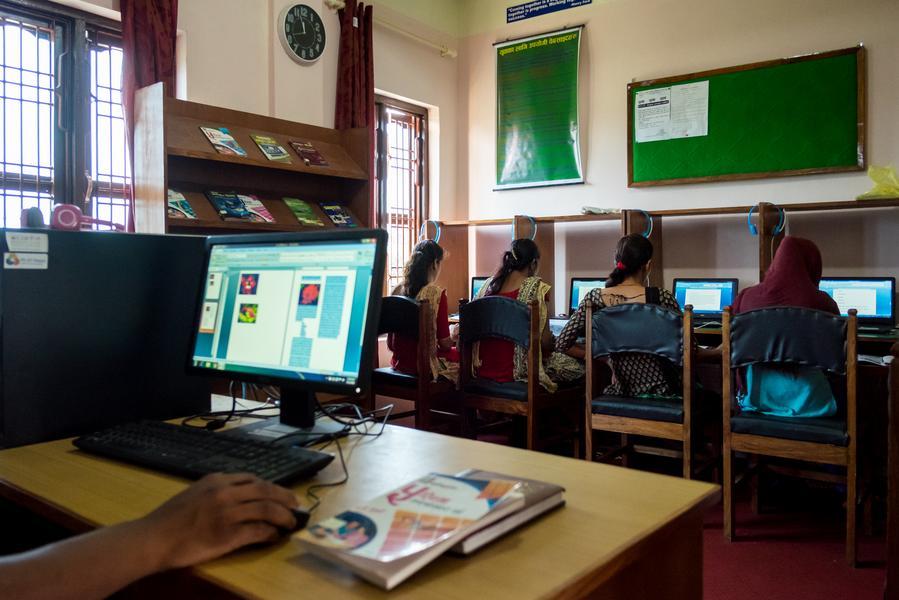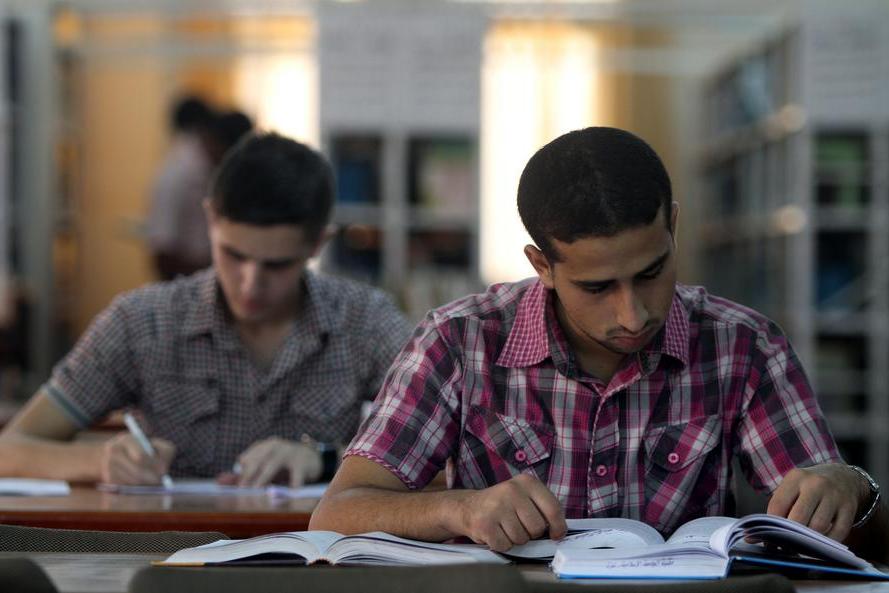Context and Issue
The Strengthening of School Facilities (SFG) program, initiated in 1998 under the Poverty Action Fund (PAF), aimed to bolster physical infrastructure in Uganda's most densely populated and underprivileged schools and communities. This initiative was a proactive response by the government to fulfill national and international commitments toward achieving universal primary education, as outlined in Education for All (EFA) and the Millennium Development Goals (MDGs).
Solution
The SFG program had three primary objectives: a) Promote equitable access to primary education. b) Build capacity within districts and local communities, particularly in procurement processes and site supervision, to ensure effective implementation of infrastructure projects. c) Alleviate poverty by investing in essential educational infrastructure.
Components: The SFG program consisted of three key components:
- Construction of new classrooms to accommodate the growing student population.
- Construction of ventilated improved pit (VIP) latrines to improve sanitation facilities in schools.
- Construction of teachers' houses to attract and retain qualified educators in underserved areas.
Impact
Despite its positive impact, the SFG program encountered several challenges:i. Conditional Nature: The program's focus on new infrastructure construction limited flexibility in allocating funds to rehabilitate existing school structures, even when renovation was more cost-effective. ii. Decision-Making Challenges: Local government officials faced difficulties making informed decisions regarding resource allocation, particularly when choosing between new construction and renovation. iii. Large Class Sizes: Overcrowded classrooms persisted as a significant challenge in Universal Primary Education (UPE) schools, impacting access to education and student retention rates.












